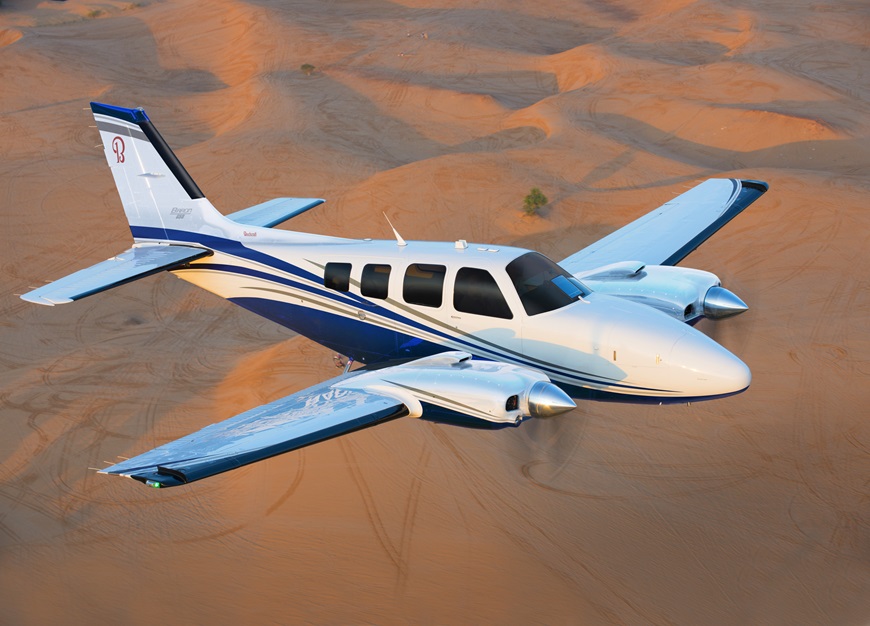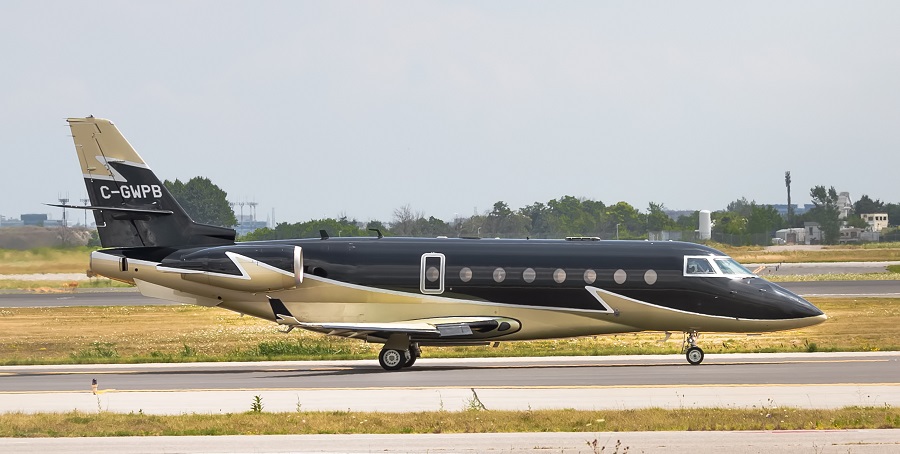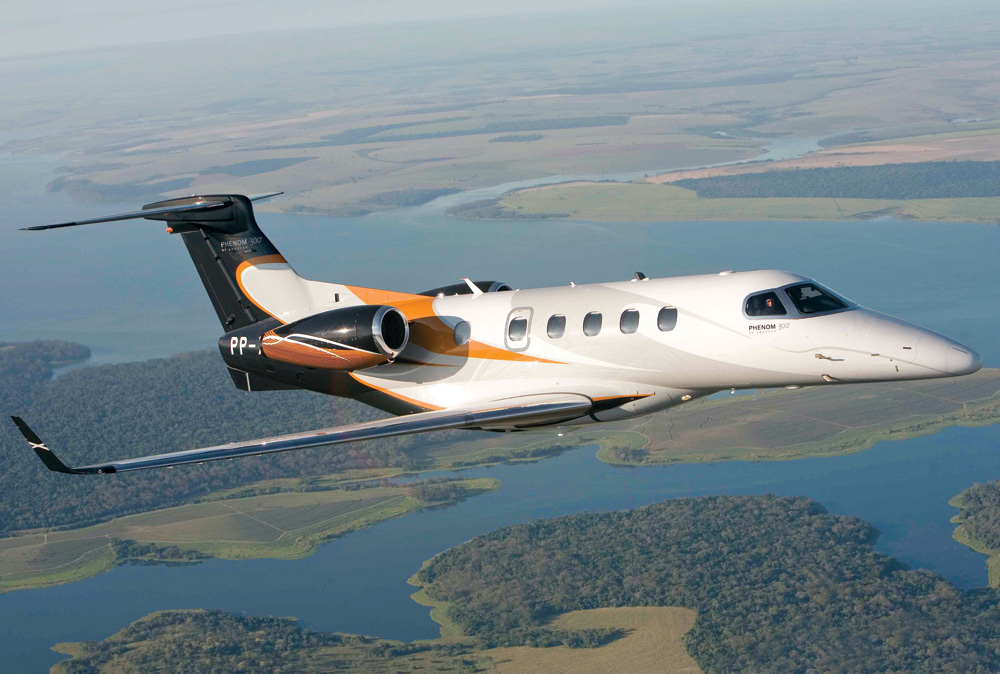When it comes to flying short distances, especially within the Las Vegas area, choosing the right turboprop is essential. With so many options available, it can be overwhelming to determine which one is best suited for your needs. In this article, we will discuss some key factors to consider when selecting a turboprop for short-distance travel. From performance capabilities to cabin amenities, we’ll cover everything you need to know to make an informed decision. So, whether you’re a seasoned traveler or someone contemplating flying private for the first time, read on to discover the Las Vegas options that will ensure a comfortable and efficient journey.
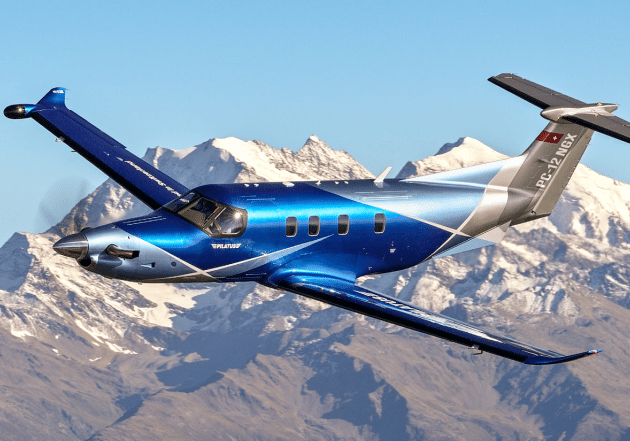
Types of Turboprops
Single Engine
When considering turboprops for short distances, one option to explore is the single-engine turboprop. These aircraft are typically smaller and more affordable compared to their twin-engine counterparts. Single-engine turboprops offer simplicity and efficiency, making them ideal for short hops. They are known for their reliability and ease of maintenance, which can be crucial when operating in shorter distance scenarios.
Twin Engine
Twin-engine turboprops are another popular choice for short distances. These aircraft provide an extra level of safety and redundancy with two independent engines. With two engines, the aircraft can continue to operate even if one engine encounters an issue. This added redundancy can provide peace of mind when flying shorter distances, especially in areas with limited alternate landing options. Twin-engine turboprops also typically offer increased speed and payload capacity compared to single-engine models.
High Wing
High wing turboprops have their wings mounted on the top of the fuselage, providing several advantages for short distance flights. The high wing configuration allows for increased ground clearance, which is beneficial when operating from shorter runways or unpaved surfaces. Additionally, the high wing design enables excellent visibility for both passengers and pilots, enhancing safety and scenic viewing opportunities. These aircraft are known for their stability and are often favored by operators in mountainous or rough terrain regions.
Low Wing
Low wing turboprops, on the other hand, have their wings mounted below the fuselage. This configuration offers several advantages as well. The low wing design typically results in improved aerodynamics and fuel efficiency, making them ideal for short distance flights where every gallon of fuel counts. Additionally, low wing turboprops often provide a sleeker appearance and increased cabin space, allowing for more comfortable journeys for passengers.
Considerations for Short Distances
Flight Time
When choosing a turboprop for short distances, flight time becomes a significant consideration. Single-engine turboprops generally have a slower cruising speed compared to their twin-engine counterparts. This slower speed may prolong the overall flight time, which can be a drawback if time is of the essence. However, it’s essential to evaluate the specific range and cruise speed of the aircraft models under consideration to determine the impact on flight time for the intended routes.
Cost
Cost is often a deciding factor when choosing a turboprop for short distances. Single-engine turboprops tend to be more affordable in terms of purchase price and maintenance costs. These aircraft typically have lower fuel consumption rates, making them more economical for short trips. However, twin-engine turboprops may offer faster speeds and increased payload capacity, which can be advantageous depending on specific travel needs and budget considerations.
Runway Length
Short distance flights often require landing on smaller runways with limited space. Single-engine turboprops are generally more suitable for short runways due to their smaller size and lighter weight. These aircraft are designed to operate efficiently within space-constrained environments. On the other hand, twin-engine turboprops may require longer runways due to their larger size and higher landing speeds. It’s crucial to assess runway lengths and restrictions at both departure and destination airports to ensure the chosen turboprop can safely operate within these limitations.
Passenger Capacity
For short distance flights, passenger capacity may play a significant role in the aircraft selection process. Single-engine turboprops typically have more limited seating capacity compared to their twin-engine counterparts. If accommodating a larger number of passengers is a priority, a twin-engine turboprop may be the preferred choice. However, if the travel group is smaller, single-engine turboprops can offer a more cost-effective solution without compromising comfort.
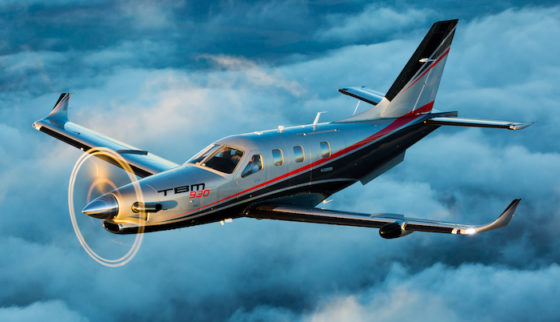
Popular Turboprop Models
Beechcraft King Air
The Beechcraft King Air is a renowned turboprop that has been widely used for short distance flights. It is available in different variants, offering various seating capacities, ranging from six to fourteen passengers. The King Air has a reputation for exceptional performance, combining speed, range, and reliability. With its luxurious cabin interiors and advanced avionics systems, the King Air provides a comfortable and efficient option for travelers seeking an elevated experience for shorter trips. The price range for a new Beechcraft King Air can vary depending on the specific model and customizations.
Cessna Caravan
The Cessna Caravan is another popular choice for short distance turboprop flights. It is known for its versatility and ruggedness, making it well-suited for various operating conditions. The Caravan can comfortably accommodate up to fourteen passengers, providing ample space for small groups. With its exceptional performance on short runways and its ability to operate from unpaved surfaces, the Caravan is often favored for flights to remote destinations. The price range for a new Cessna Caravan can vary depending on the configuration and additional options chosen.
Pilatus PC-12
The Pilatus PC-12 is a highly regarded single-engine turboprop that offers a winning combination of versatility and performance. It stands out for its spacious cabin, accommodating up to nine passengers and offering ample headroom and legroom. The PC-12 is renowned for its solid build and reliability, making it a popular choice for shorter distances. Its ability to operate on short runways and its range capabilities make it suitable for both regional and remote destinations. Pricing for a new Pilatus PC-12 can vary depending on the chosen specification and optional features.
Flight Time
Advantages of Shorter Flight Time
Shorter flight times can offer several advantages for travelers on shorter distance routes. With a faster cruising speed, passengers can reach their destination more quickly, saving valuable time. Shorter flight times also reduce the likelihood of fatigue or discomfort during the journey, providing a more enjoyable overall experience. In addition, shorter flights may result in lower charter costs since flight time is a significant component in determining pricing.
Disadvantages of Longer Flight Time
Conversely, longer flight times can have drawbacks when it comes to short distance travel. Extended periods in the air may lead to increased passenger fatigue, especially for those with busy schedules or time-sensitive itineraries. Moreover, longer flight times typically translate into higher fuel consumption, which can affect overall operating costs. It’s important to consider the specific travel requirements and preferences of the passengers when evaluating the impact of flight time on the chosen turboprop model.
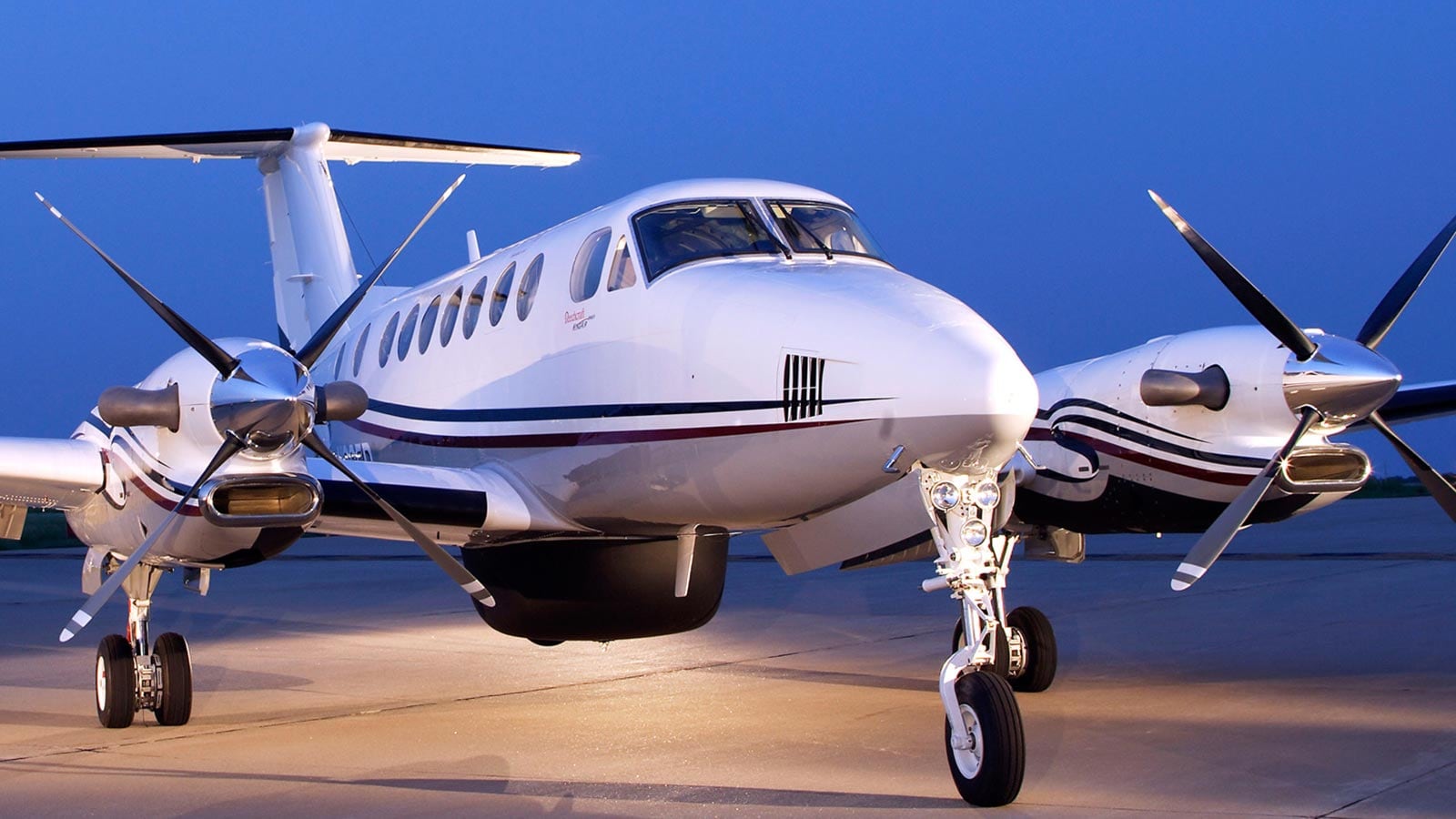
This image is property of images.unsplash.com.
Cost
Fuel Efficiency
Fuel efficiency plays a crucial role in determining the cost of operating a turboprop for short distances. Single-engine turboprops generally have higher fuel efficiency due to their smaller size and lighter weight. These aircraft can provide significant savings in fuel costs, especially for frequent short distance flights. Twin-engine turboprops may have higher fuel consumption rates, but their increased speed and payload capacity can balance the equation depending on the specific needs and priorities of the operator.
Operating Costs
In addition to fuel efficiency, other operating costs need to be considered when choosing a turboprop for short distance flights. Maintenance, insurance, crew salaries, and hangar fees are some of the recurring expenses that contribute to the overall operating costs. Single-engine turboprops tend to have lower operating costs compared to twin-engine models, primarily due to the reduced complexity and maintenance requirements. However, it’s crucial to evaluate the specific cost details for each aircraft model to accurately assess the long-term financial feasibility.
Charter Rates
Charter rates are influenced by various factors, including aircraft availability, demand, and operating costs. For short distance flights, single-engine turboprops tend to have lower charter rates compared to twin-engine models. This is primarily because of their lower purchase price, maintenance costs, and fuel consumption rates. However, it’s important to consider the specific requirements and preferences of the passengers when evaluating charter rates, as factors such as seating capacity and cabin amenities can also impact pricing.
Runway Length
Short Runways
Short distance flights often require takeoff and landing on runways with limited length. Single-engine turboprops are typically better suited for short runways due to their smaller size, lighter weight, and lower landing speeds. These aircraft can efficiently operate in space-constrained environments, allowing access to smaller airports and more remote destinations. The ability to utilize short runways can significantly expand the options and flexibility for short distance travel.
Standard Runways
While short runways are common for short distance flights, some destinations may have longer runways available. Twin-engine turboprops are generally designed to operate on standard runways and can require longer distances for takeoff and landing due to their larger size and higher landing speeds. However, with a more extensive selection of available airports, twin-engine turboprops can provide access to a wider range of destinations for short distance travel. Operating from standard runways may also translate into increased travel convenience and flexibility.
Passenger Capacity
Seating Capacity
The seating capacity of a turboprop is an essential consideration when deciding on an aircraft for short distance travel. Single-engine turboprops typically offer more limited seating options compared to their twin-engine counterparts. If accommodating a larger group of passengers is a priority, a twin-engine turboprop with its higher seating capacity may be the preferred choice. However, if the travel group is smaller, a single-engine turboprop can provide a more cost-effective solution without sacrificing comfort.
Luggage Capacity
In addition to seating capacity, luggage capacity is another factor to consider when selecting a turboprop for short distances. Both single and twin-engine turboprops offer various options for storing passenger belongings, including overhead compartments, dedicated storage areas, and external baggage compartments. It’s important to assess the specific luggage requirements of the travel group and ensure that the chosen turboprop can accommodate the necessary belongings comfortably.
Beechcraft King Air
Features
The Beechcraft King Air is a renowned turboprop known for its luxury and performance. It features a spacious cabin with plush seating and high-quality finishes, providing a comfortable and upscale environment for passengers. The King Air also offers advanced avionics systems, ensuring efficient and safe operations. With its pressurized cabin and soundproofing, the King Air provides a quiet and peaceful travel experience.
Performance
The performance of the Beechcraft King Air is exceptional, making it a popular choice for short distance flights. It boasts impressive speed and range capabilities, allowing for efficient travel between destinations. The King Air can operate on both short and long runways, providing flexibility in choosing departure and arrival airports. Its twin-engine configuration ensures added safety and redundancy, instilling confidence in passengers throughout the journey.
Price Range
The price range for a new Beechcraft King Air can vary depending on the specific model and customizations. As a premium turboprop option, the King Air typically comes with a higher price tag compared to other models. However, the luxurious amenities, advanced features, and outstanding performance make the King Air a worthwhile investment for those seeking a top-of-the-line short distance travel experience.
Cessna Caravan
Features
The Cessna Caravan is a versatile and rugged turboprop known for its durability and reliability. It features a spacious cabin with flexible seating arrangements, providing comfort for both passengers and crew. The Caravan also offers advanced avionics systems and modern technology, enhancing both the safety and convenience of the flight. With its large windows and expansive views, the Caravan allows passengers to enjoy the scenic beauty throughout their journey.
Performance
The performance of the Cessna Caravan is exceptional, making it a popular choice for short distance flights, especially to remote locations. It has excellent takeoff and landing capabilities, allowing for operations on short runways and unpaved surfaces. The Caravan is equipped with a powerful engine, providing sufficient speed and range for shorter trips. Its robust construction and ability to handle various weather conditions make it a reliable choice for travelers seeking adventure.
Price Range
The price range for a new Cessna Caravan can vary depending on the configuration and additional options chosen. The Caravan is generally more budget-friendly compared to other turboprop models, making it an attractive choice for those looking for affordability without compromising on performance and comfort. With its versatility and ruggedness, the Caravan offers exceptional value for short distance travel needs.
Pilatus PC-12
Features
The Pilatus PC-12 is a single-engine turboprop known for its versatility and luxurious features. It boasts a spacious cabin with comfortable seating and a range of customizable options, allowing passengers to tailor their travel experience. The PC-12 offers advanced avionics and communication systems, ensuring a smooth and efficient journey. With its large windows and ample natural light, the PC-12 creates an inviting and enjoyable atmosphere for passengers.
Performance
The Pilatus PC-12 delivers impressive performance, making it an ideal choice for short distance flights. It has excellent takeoff and landing capabilities, allowing for operations on short runways. The PC-12 offers both speed and range, ensuring efficient travel between destinations. Its single-engine configuration provides fuel efficiency without compromising on reliability and safety. The PC-12 is highly regarded for its versatility, making it suitable for both regional commutes and more remote adventures.
Price Range
The price range for a new Pilatus PC-12 can vary depending on the chosen specification and optional features. As a high-end single-engine turboprop, the PC-12 is typically priced at a premium compared to other models. However, the luxurious amenities, exceptional performance, and versatility make the PC-12 an attractive investment for those seeking a top-tier travel experience for shorter distances.
Choosing the right turboprop for short distance travel requires careful consideration of various factors, including flight time, cost, runway length, and passenger capacity. By evaluating the specific needs and preferences of the travel group, as well as the performance and features of different turboprop models, one can make an informed decision. Whether it’s the renowned Beechcraft King Air, the versatile Cessna Caravan, or the luxurious Pilatus PC-12, each turboprop offers unique advantages for short distance flights. With the right choice, travelers can enjoy efficient, comfortable, and convenient journeys to their desired destinations.

